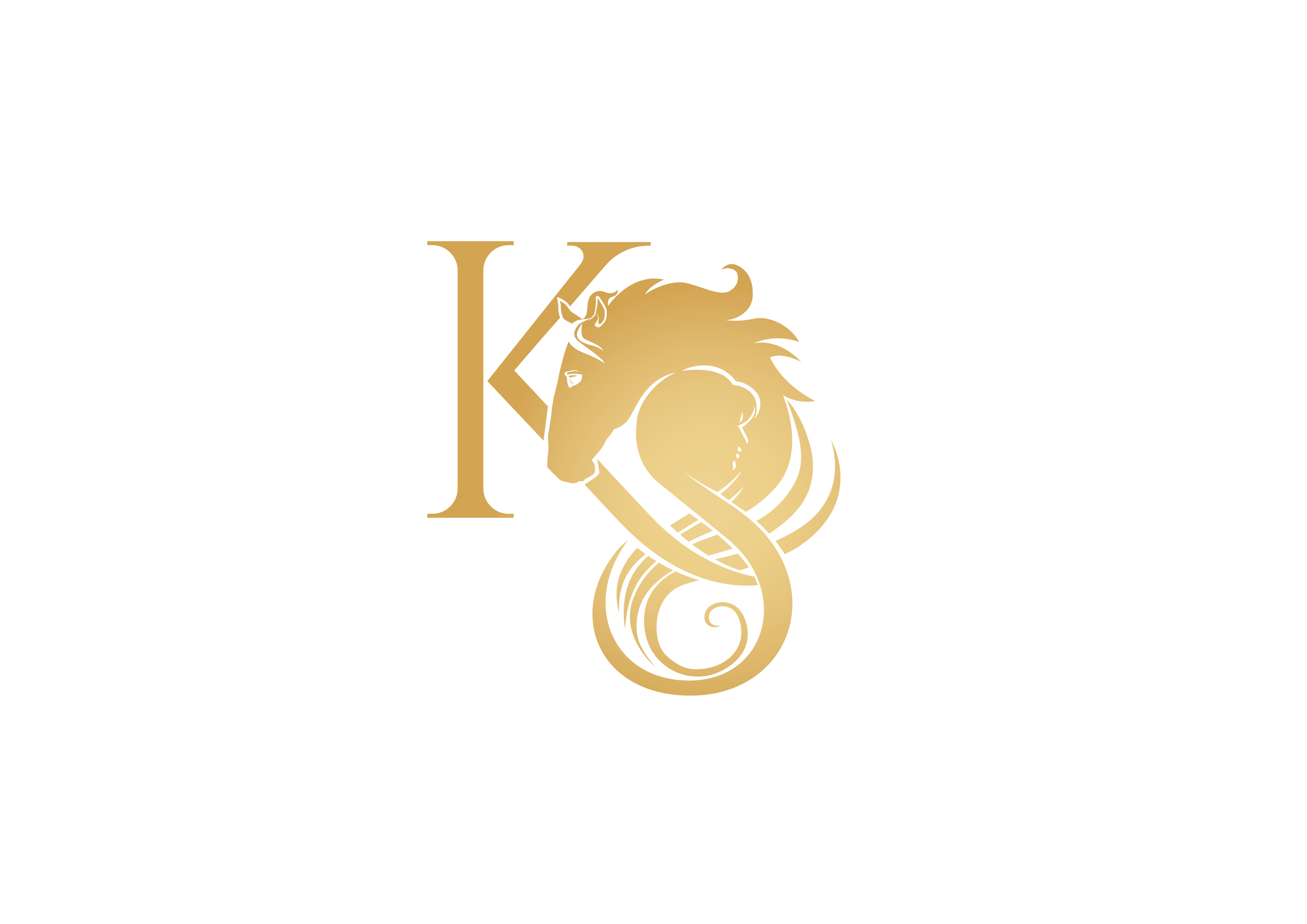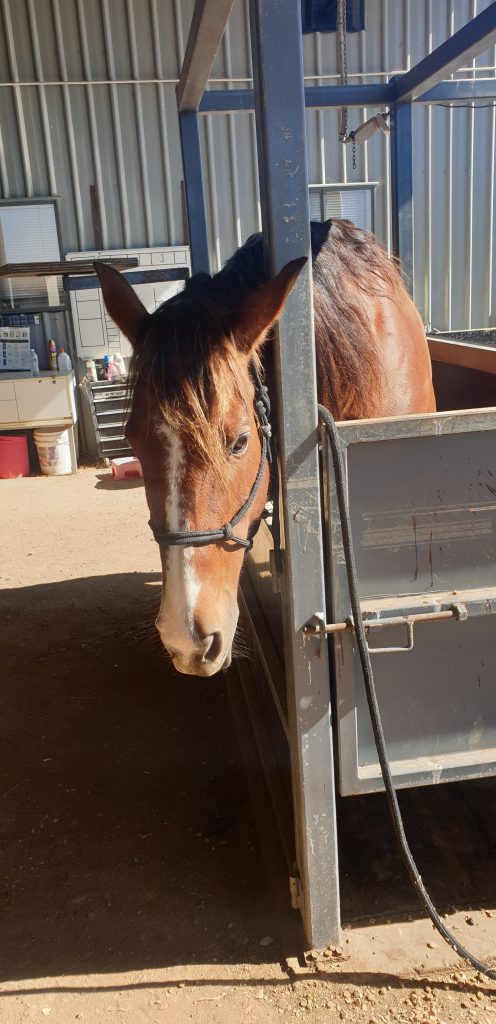There is always a reason why!
I often hear people make comments about their horse such as “oh he always pigroots into the canter” or “he is just a grump” etc.
Horses are not born grumpy! Nor are they born with the desire to pigroot into the canter. There are reasons why horses react or behave in such ways.
Almost always it stems from trauma in the body which over time can also lead to trauma in the mind. The horse might pigroot because the saddle doesn’t fit and is pinching him or is bridging and causing pain. Perhaps the rider is crooked and when asks for the canter doesn’t allow for correct spinal alignment to occur to enable the biomechanics to create the jump into canter. Perhaps the horse has physical restrictions that are aggravated when asked to canter. There are many many different reasons as to why the horse will be telling you that it is too painful to make the request asked of him.
It is up to us figure out the why!
A grumpy horse has been created from ill human interaction whether it be on purpose or by default of incorrect training, or incorrect fitting tack, or even from a lack of good communication skills from the handler/rider.
Horses have long memories, if through their experiences they begin to associate people with pain or an ill-fitting saddle or being ridden then that memory will create a ‘grumpy’ horse. The horse will see the saddle or the rider and instantly become irate, anxious and even potentially aggressive. This is not a ‘grumpy’ horse.
This is a horse communicating!
Rocinante my beautiful Andalusian cross gelding has taken me on a journey that has been all about discovering the why’s!!!
The latest part of our journey that I would like to share with you has been trying to figure out why he struggles to truly connect over the back and come up and over his topline. This has been one of his major issues in his education all the way through and over time it has improved but there has still been some connection missing. He was not quite willing to truly engage his hind end or core in his work and it was very visible in his piaffe steps. He continually wanted to fall over the right shoulder which dropped the thoracic sling and wanted to make bum bopping steps as I call than rather than steps of carriage. His left hind always wanted to carry out behind rather than step forward and sit in his piaffe steps. He struggled to engage the psoas properly and to ride felt like he was tipping you more side to side rather than connecting the diagonal pair.
My wonderful mentor and coach Belinda Bolsenbroek is the most amazing and dynamic horsewoman I have ever met! I have trained under many coaches in Australia as well as internationally and I have yet to meet anyone with her incredible knowledge of functional movement and biomechanics, her ability to rehabilitate the ‘written off’ or ‘extremely dangerous’ horses is absolutely inspiring and her understanding and aptness of animal communication is beautiful. She is a passionate and strong woman who always puts the health and soundness of the horse at the top of her education.
The last 12 months we have been discussing in length and really looking in to the why’s for Rocinante’s inability to truly find proper engagement of the hind end and core. In most cases as you progress through the training with a horse and your exercises and shapes take place the horse begins to connect the back naturally without force or tension. This was not the case for Rocinante.
Something still wasn’t right!
Eventually, through many discussions with Belinda and other close therapists we came to wonder about Rocinante’s gelding scarring. Recently it has become a more talked about subject, yet I had not heard of anyone that had the training to make such an examination.
A week ago, Belinda rang me and said she discovered a veterinarian who is trained in Inguinal castration scarring examination and manipulation. Dr Louise Cosgrove from Exclusively Equine Veterinary Service at Hattonvale is trained in this examination and the manipulation. Needless to say I rang straight away and booked him in.
Yesterday Rocinante had his internal Inguinal Castration Scarring Examination.
What Dr Louise Cosgrove found was astonishing!
On examination to the right Inguinal Region was an extremely overdevelop psoas muscle. It is 3 times the size an average horse’s psoas muscle is. This was also the side that he wanted to continually rest throughout the examination while sedated. This is also the limb that has external rotation, perhaps from an overly active and strong psoas muscle. More investigation needed.
On palpation on the left side Dr Louise found Rocinante to be extremely tight and sore to palpate. The sling of fascia from kidney to bladder and the Cremaster Fascia was very tight.
The left Psoas was very underdeveloped. Explains the overdevelopment of the right Psoas as the left one is not being activated. Why?
As Dr Louise continued her examination, she found the gelding scarring adhesion. It had adhered to his spleen!!!😳😲😧
I can only imagine how uncomfortable that would have been and how much it would have disabled the proper function of that limb. If he tried to use his psoas to engage the hind leg/core his gelding scarring would pull on his spleen. How awful!
For years he has endured this discomfort and the inability to use his body effectively which explains why he has struggled to connect his back and over his topline and engage his thoracic sling. It explains why he has hoof issues as his suspensory system has not been able to function to support his body correctly. Why he has anxiety when making a canter! Why that left hind wants to stay out behind and leave his right shoulder unsupported!
Thankfully this is something that can be helped! Dr Louise detached the adhesion by gentle manipulation. No more pulling on his spleen!
We came home and it is advised to ask the horse to move afterwards to see the initial changes as well as show the horse that the restriction they once felt is not there anymore. At a walk Rocinante was overreaching and clipping front hooves (has now been trimmed to accommodate for new postural alignment) which was showing much more ability for the hind legs to come through. He was very free and forward on the lunge. I usually have to offer continual energy to sustain a trot. We dabbled with some piaffe and there was considerable improvement in his willingness to sit rather than bum bop. He was activating core and his thoracic sling and making some good quality steps. He has known what he needed to make was just not able to make it. The left hind is much weaker, and it will take time for the right psoas to take a much needed rest and the left psoas to get more strength and coordination to sustain such steps.
I am looking forward to seeing his development continue as he finds more strength.
I was shocked to hear that in the States 2 out of 5 horses (40%) have been found with gelding scarring adhesions or testicle tube origin scarring and that so far it appears to be a much higher percentage in Australia.
Again, I will ask Why? Something that needs to be investigated to prevent such trauma.
I would like to thank Dr Louise Cosgrove from Exclusively Equine Veterinary Services. I was so glad to find someone that could help. I am looking forward to hearing more about your research and discoveries. Fingers crossed an alternative castration method can be found to prevent such trauma.
To Belinda Bolsenbroek for an endless list of things that are so long I shan’t list. You take on every horse as if they were your own and stop at nothing to understand the why’s! Thank you for that phone call 😘.
Maggie Ashley! Your ingenious and academic brain along with your intuition make for an incredible therapist and friend. You were on to this a while ago. 🙏🙏
Please remember to always ask the Why’s? Why does your horse react or act in a specific way?
There is always a reason!
Belinda Bolsenbroek Maggie Ashley – Equine Functional Therapy Exclusively Equine Veterinary Service
#castrationscarring #rehabilitaion #Exclusivelyequineveterinaryserice #Maggieashley #Belindabolsenbroek #happypony #trainingforsoundness



Hi, this is a comment.
To get started with moderating, editing, and deleting comments, please visit the Comments screen in the dashboard.
Commenter avatars come from Gravatar.